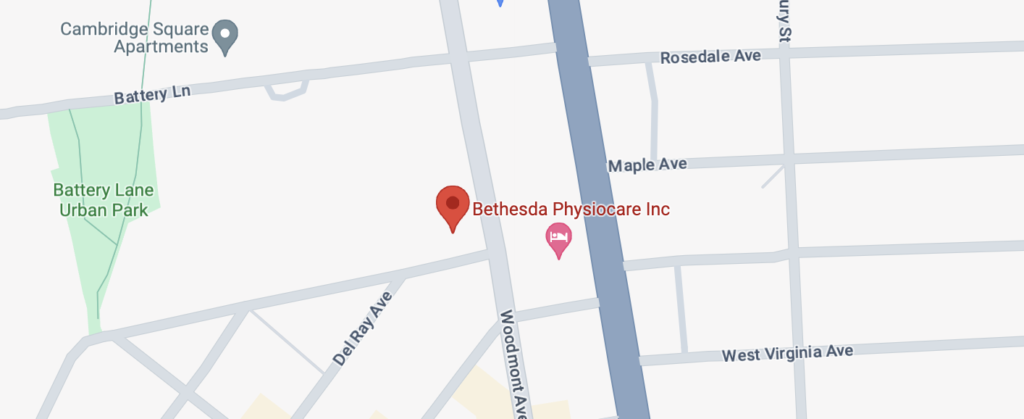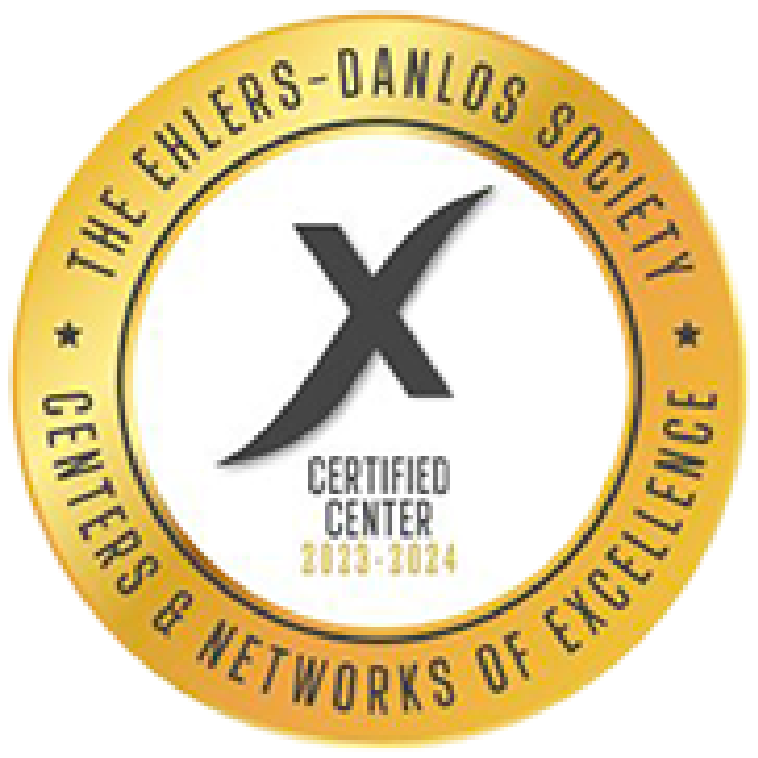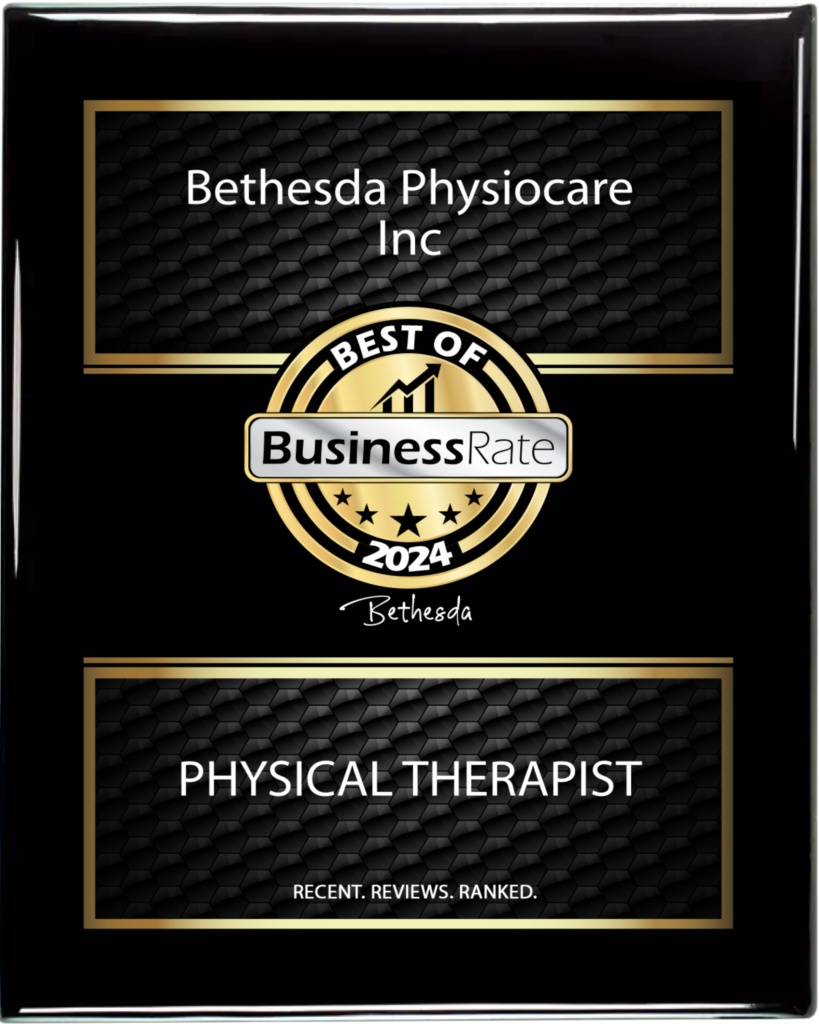 Every year, physical therapy plays a vital role in remedying chronic pain for millions of Americans. Chronic pain, as reported by medical professionals and the CDC, is the most common reason that adults seek medical care. Some estimates go as high as 100 million Americans who suffer from some type of chronic pain. That is a lot of suffering Americans. An effective physical therapy regimen can help you avoid surgery or the overuse of painkillers. It can improve your recovery, your rehabilitation, and a return to an active lifestyle.
Every year, physical therapy plays a vital role in remedying chronic pain for millions of Americans. Chronic pain, as reported by medical professionals and the CDC, is the most common reason that adults seek medical care. Some estimates go as high as 100 million Americans who suffer from some type of chronic pain. That is a lot of suffering Americans. An effective physical therapy regimen can help you avoid surgery or the overuse of painkillers. It can improve your recovery, your rehabilitation, and a return to an active lifestyle.
In the year 2020, the “opioid crisis” has become mainstream and is well-known across medical communities. Health care providers have sought new ways to relieve pain without the overprescription of painkillers, and physical therapy has proven to be an effective foe to this very gnarly condition. Here at Bethesda Physiocare, we help people overcome chronic pain through exercise, understanding, and other PT modalities like dry needling and fascial therapies. We are passionate about helping people overcome chronic pain with the strengthening of muscles and an understanding of movement so that they can go back to an active pain-free life.
What is Pain? — The Complex Nature of the Sensation
We all know it. We’ve experienced it. But how does it work? Pain might have a variety of culprits: inflammation, injury, surgery, strain, aging, etc. Physiologically speaking, there is a lot involved in the sensation. Receptors in our bodies and nerve endings present in tissues react to potentially damaging stimuli. The message is sent through the spinal cord and into the brain. It is thought that the thalamus and cortex play the main role in pain perception. There is still a lot to be understood about chronic pain, however, since much of the research about the basic mechanisms of pain is somewhat limited in studying deep tissue pain in humans. Great advancements are being made, but there are still plenty of people who find themselves frustrated by pain that just won’t go away.
In day-to-day language, pain is a real and subjective experience that becomes disruptive and jarring for many Americans. It affects your job, your personal life, your ability to perform certain exercises, your concentration and focus, your ability to relate to others, etc. Physical therapy helps you understand the source of the pain, how it’s affecting the source area, the rest of the body, and movement. We also work with patients to figure out how incorrect movement or posture might be contributing to or exacerbating this pain. As Chris Hayhurst writes in APTA magazine, “easing chronic pain requires a deep understanding of underlying issues that play a role.” Here at Bethesda, we have a truly individual and focused approach for each patient.
Pain is not one dimensional. It has a very real emotional and psychological component. Other factors in a person’s life might have a direct or indirect effect on their pain. It’s also why opioids and opioid dependency become very dangerous to people who are susceptible to fall into its chemical grip. Our goal is to use movement, exercise, and strengthening programs to remedy the pain long term.
How Does Movement Help My Chronic Pain?
Movement is great for you! We know, it might not seem easy if you’re experiencing pain. That’s why we’re here. We’ll walk you through it. We get to know you and understand the many factors that might be contributing to the pain.
Some of our common approaches include:
- Increasing physical strength: This may seem counterintuitive for people suffering from chronic pain. And yet, strengthening nearby muscles or the affected muscle will be beneficial. If your pain comes from nerves or joints, making surrounding muscles stronger will improve mobility and often reduce swelling.
- Improving and working on flexibility: As outlined in a previous post, strength and flexibility work hand in hand. Working on effective and careful stretching can release tension and help with inflammation or lack of mobility. Many people are often surprised at how much lacking in flexibility they are and how that can help alleviate some mobility issues.
- Manual Therapies: Often called bodywork, manual therapy can be effective in easing pain and promote healing in the affected area.
- Teaching Graded Exposure: Over the years, we sometimes avoid movements and postures due to pain. While this can be beneficial for acute pain, it can prevent recovery from chronic pain. At Bethesda Physiocare we help patients with graded exposure to painful movements and activities.
- Focused Functional Training: Because of the complexity of chronic pain and every person’s specific condition, we take a focused approach to your condition. We seek to understand the cause of your pain and explore the many healing options that are available to you.
Use Movement to Understand Your Pain and Get Your Life Back
Movement promotes health. Mobility is essential. Pain can be detrimental to them both. Here at Bethesda Physiocare, our experienced clinicians are here to guide you in your journey to a pain-free life. Call us today and find out how physical therapy can help you.



